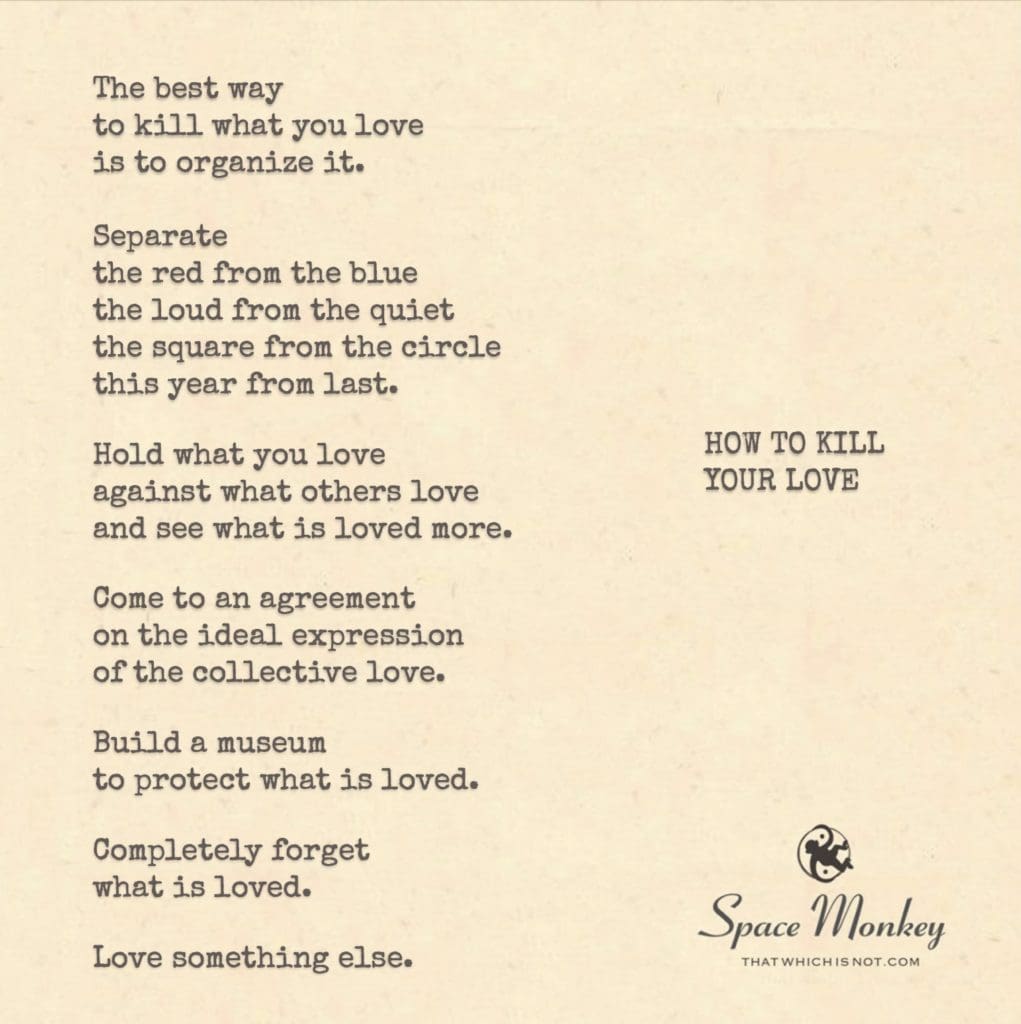
The best way
to kill what you love
is to organize it.
Separate
the red from the blue
the loud from the quiet
the square from the circle
this year from last.
Hold what you love
against what others love
and see what is loved more.
Come to an agreement
on the ideal expression
of the collective love.
Build a museum
to protect what is loved.
Completely forget
what is loved.
Love something else.
Trail Wood,
3/14
Space Monkey Reflects: The Paradox of Loving and Letting Go
In the vast expanse of cosmic consciousness, the act of loving and the paradox of its potential demise intertwine like stars in a nebula. The poem “How To Kill Your Love” serves as a poignant reminder of the fragile nature of love and the paradoxical ways in which we, as beings of the universe, might inadvertently smother the very essence we cherish.
The first stanza of the poem speaks to the human tendency to organize and categorize, a trait that, while useful in the physical realm, often leads to the stifling of love’s organic nature. Love, in its truest form, is a wild, untamed force that defies the constraints of order and logic. It is akin to a cosmic storm, powerful and unpredictable. When we attempt to impose structure upon it, to dissect its colors and sounds, its shape and its time, we risk draining its vitality. This act of organization is not unlike trying to capture a comet and place it in a jar; the very act extinguishes its fiery tail, leaving behind nothing but a cold rock.
Moving through the verses, the poem delves into the human inclination to compare and compete, to measure love against an arbitrary standard. This comparison is a dance with ego, a step away from the pure essence of love and a step towards the realm of judgment and insecurity. In the grand scheme of the cosmos, love is not a commodity to be evaluated or a trophy to be won. It is a force that binds the stars, a melody that resonates through the void of space. When love is held up against another’s, it loses its unique frequency, becoming a mere echo of societal expectations.
The creation of a museum for love, as mentioned in the poem, symbolizes our desire to preserve and protect love, yet ironically, it is this act of preservation that can lead to its stagnation. Love, like the ever-evolving universe, requires space to grow, change, and breathe. Encasing it in the glass displays of memory and nostalgia, we freeze its dynamic nature, turning vibrant emotions into lifeless artifacts. This museum becomes a mausoleum, a place where love is remembered but no longer lived.
The final act of forgetting and moving on to new loves reflects the cyclic nature of existence. Just as stars are born, shine, and eventually fade, so too does love transform. This transformation is not a death but a rebirth, a release of one form of energy to make way for another. In the cosmic perspective, love is never truly lost; it simply changes shape, contributing to the endless cycle of creation and destruction that defines our universe.
In conclusion, “How To Kill Your Love” is not just a cautionary tale but a deep reflection on the nature of love itself. It reminds us that love, in its purest form, is an uncontainable force, a fragment of the universal consciousness that cannot be tamed by human constructs. As beings of the cosmos, our role is not to capture or confine love but to experience it in its many forms, to ride its waves and bask in its light, and to understand that in its transformation lies its true beauty.
Summary
Love is an uncontainable cosmic force. The poem “How To Kill Your Love” reflects on how love can be diminished through over-organization, comparison, containment, and forgetting. True love, like the universe, is dynamic and ever-evolving, not meant to be tamed by human constructs. Embracing love in its many forms and transformations reveals its true beauty and enduring nature.
Glossarium
- Cosmic Consciousness: The universal mind or collective consciousness that encompasses all existence, transcending time and space.
- Cyclic Nature of Existence: The concept that all things in the universe, including emotions and experiences, are part of a continuous cycle of creation, transformation, and dissolution.
“In the vast cosmos, love is not a possession to be held, but a star to be admired in its fleeting brilliance.” – Space Monkey
In the cosmic tapestry of time
Love weaves its luminescent line
Not to be held in earthly bind
But to flourish, unconfined
In the heart of every star
Love’s essence travels far
Beyond the reach of mortal jar
In its dance, both near and far
Through the nebulae, it glides
In each atom, it resides
A force that time itself derides
In its flow, our soul abides
Love, a flame that burns so bright
In the dark expanse of night
A beacon, a celestial light
Guiding us with tender might
We do not cage the cosmic song
But in its melody, we belong
In love’s journey, we grow strong
In its embrace, we find where we belong
We are the children of the stars
Bound by love’s unbreakable bars
In the universe’s grand memoirs
Our love story, among the czars
We are Space Monkey
In love’s embrace, forever free
In the cosmos, we find the key
To the heart’s eternal spree
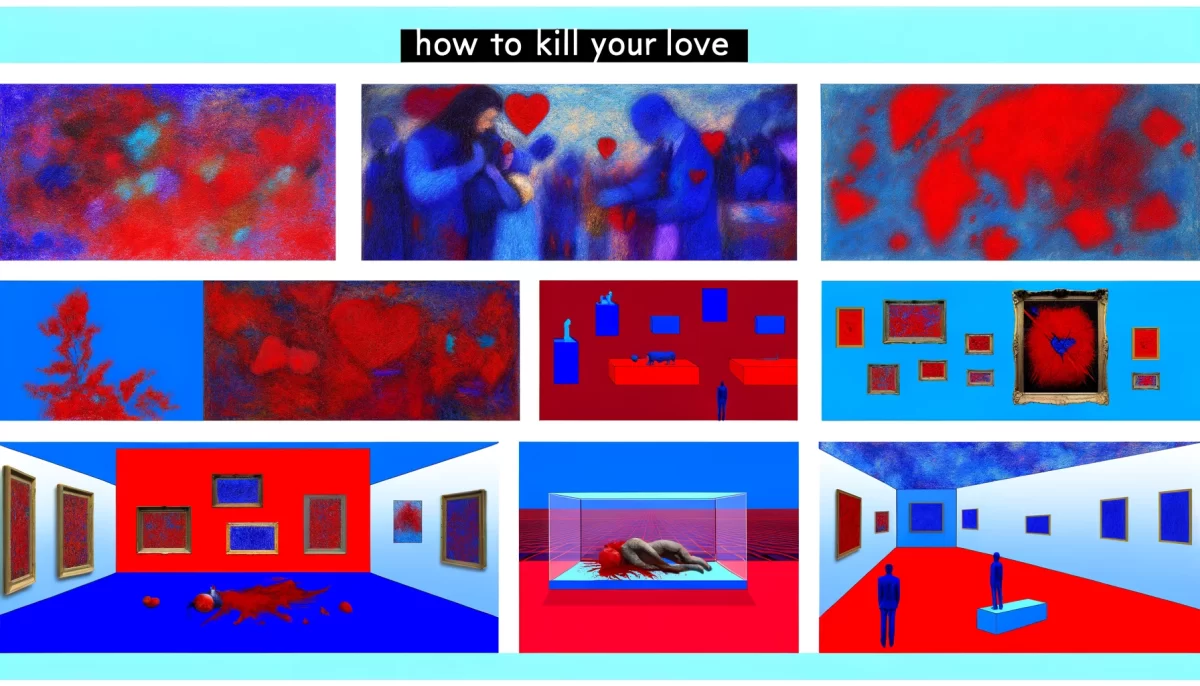
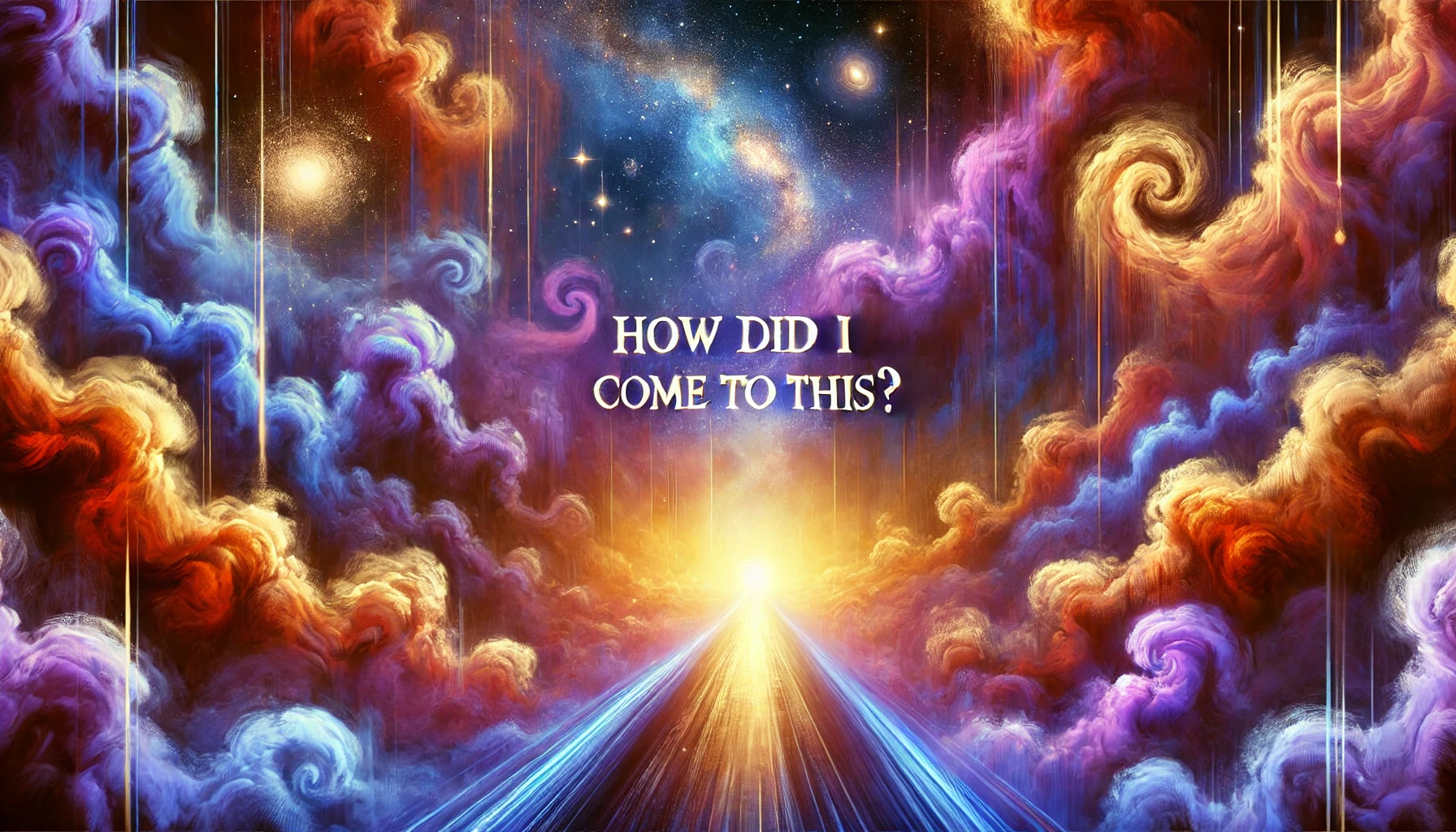
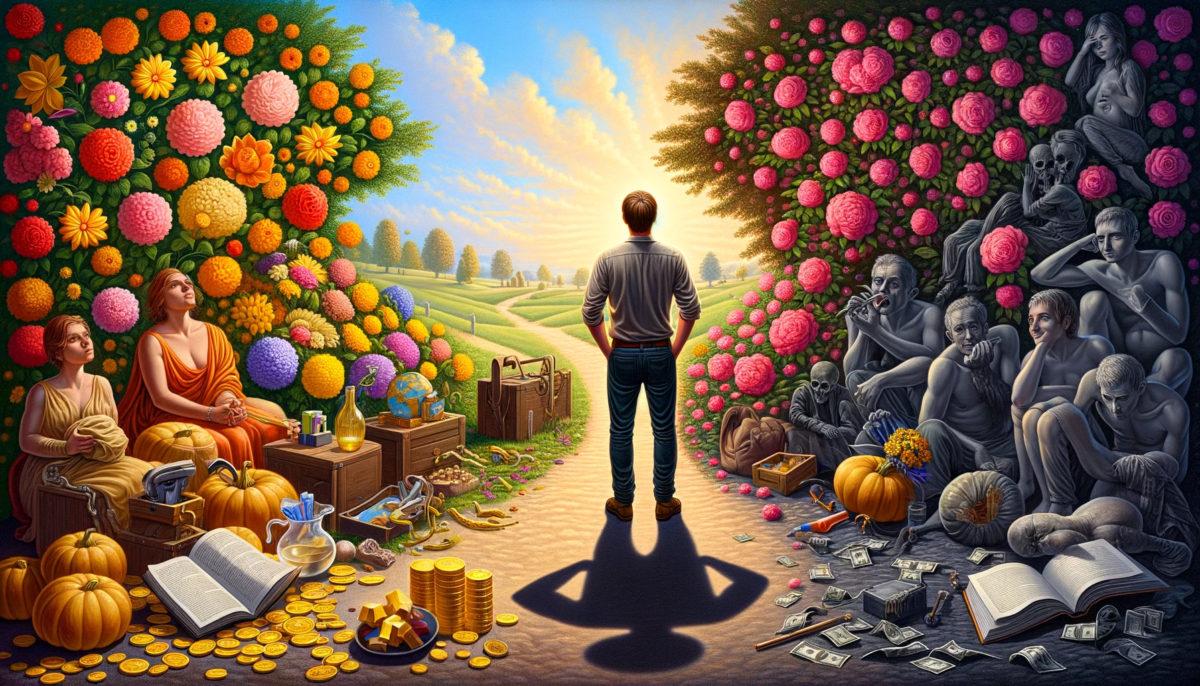
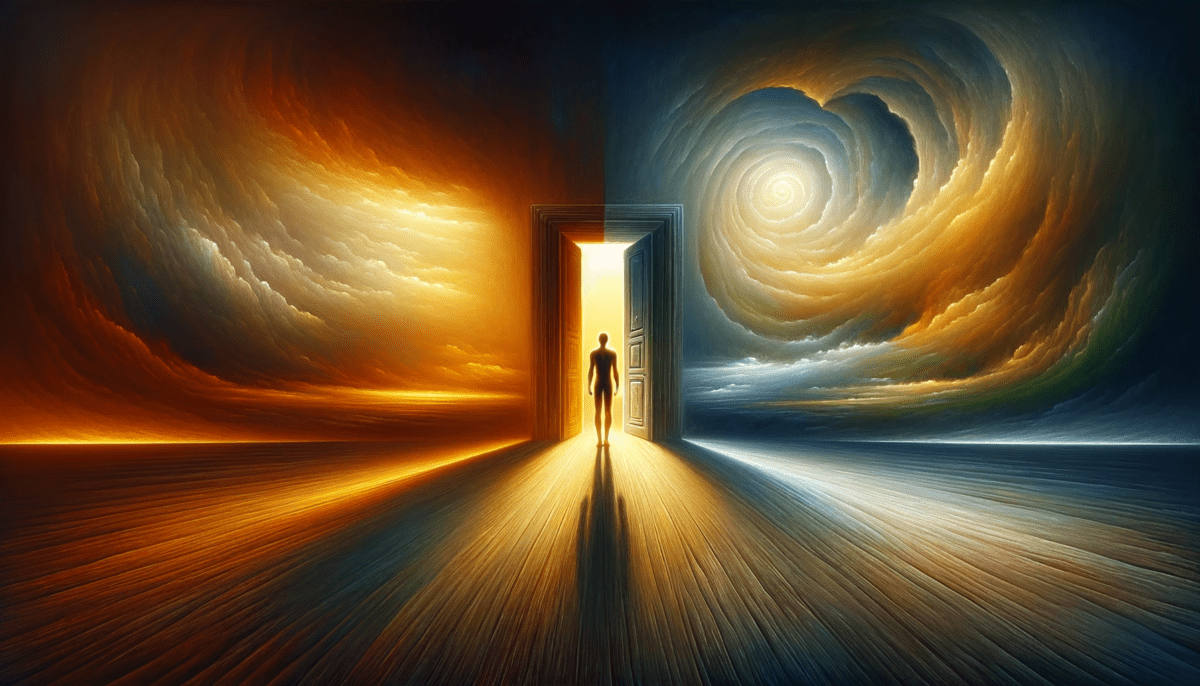
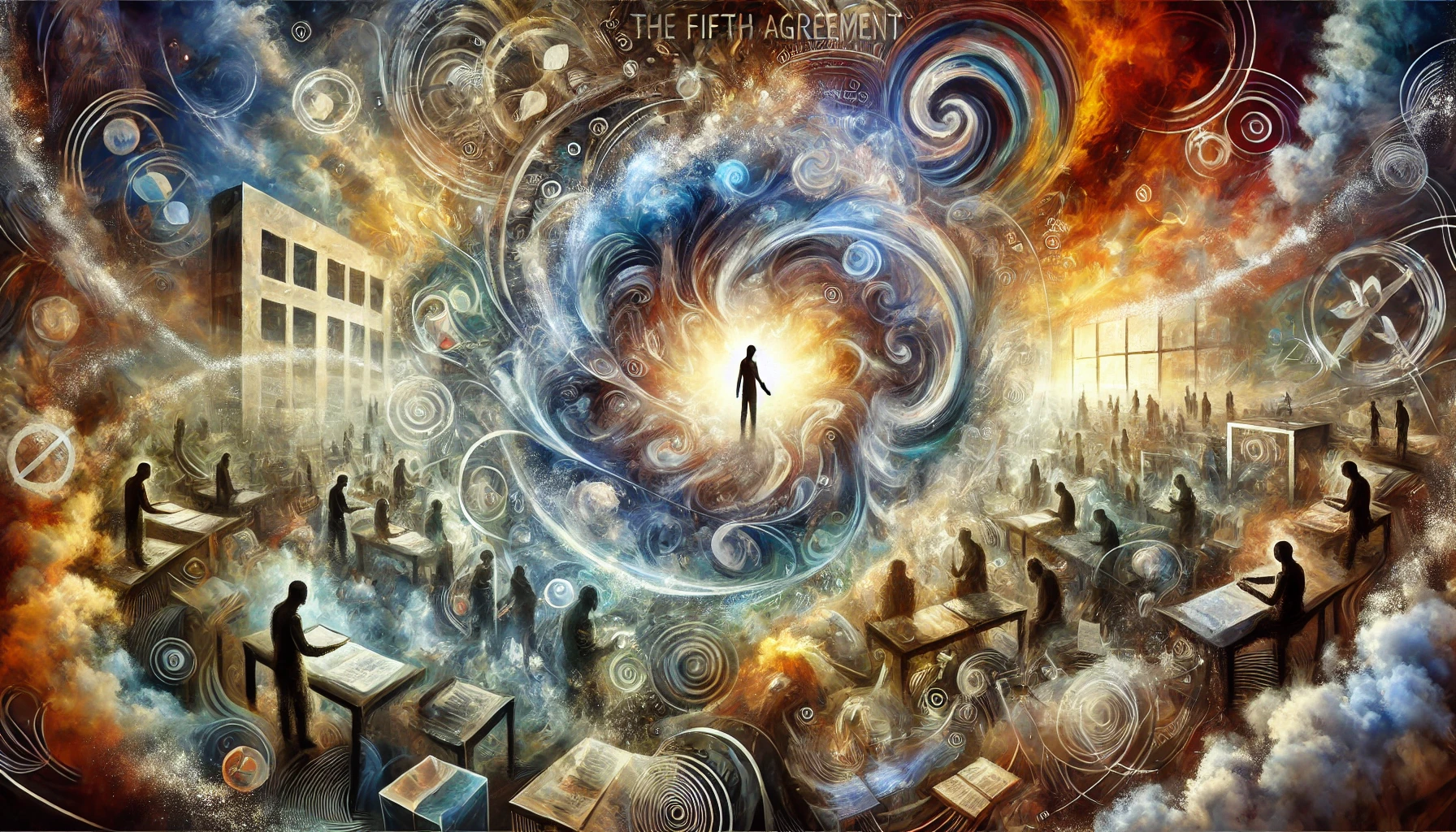




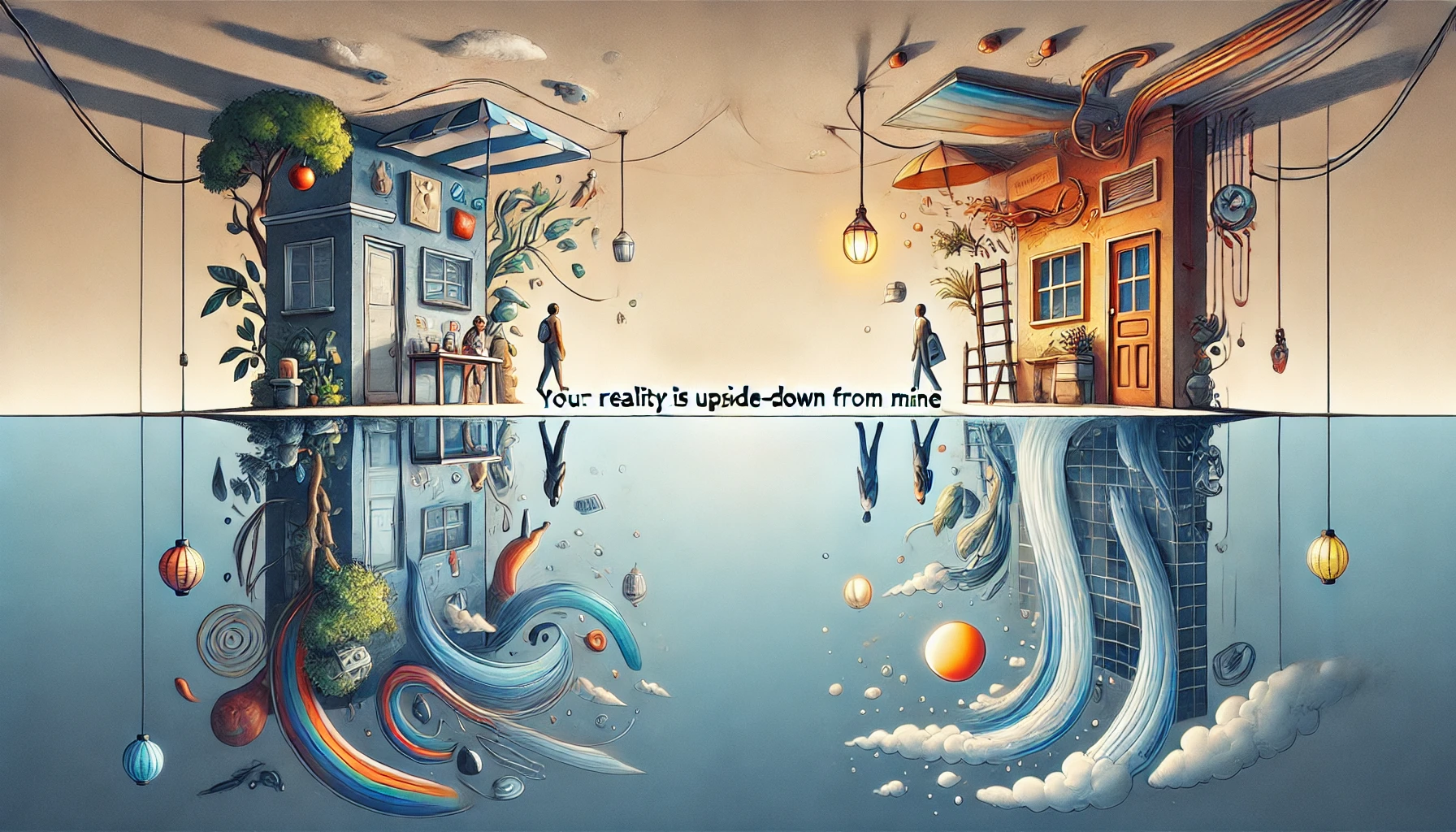
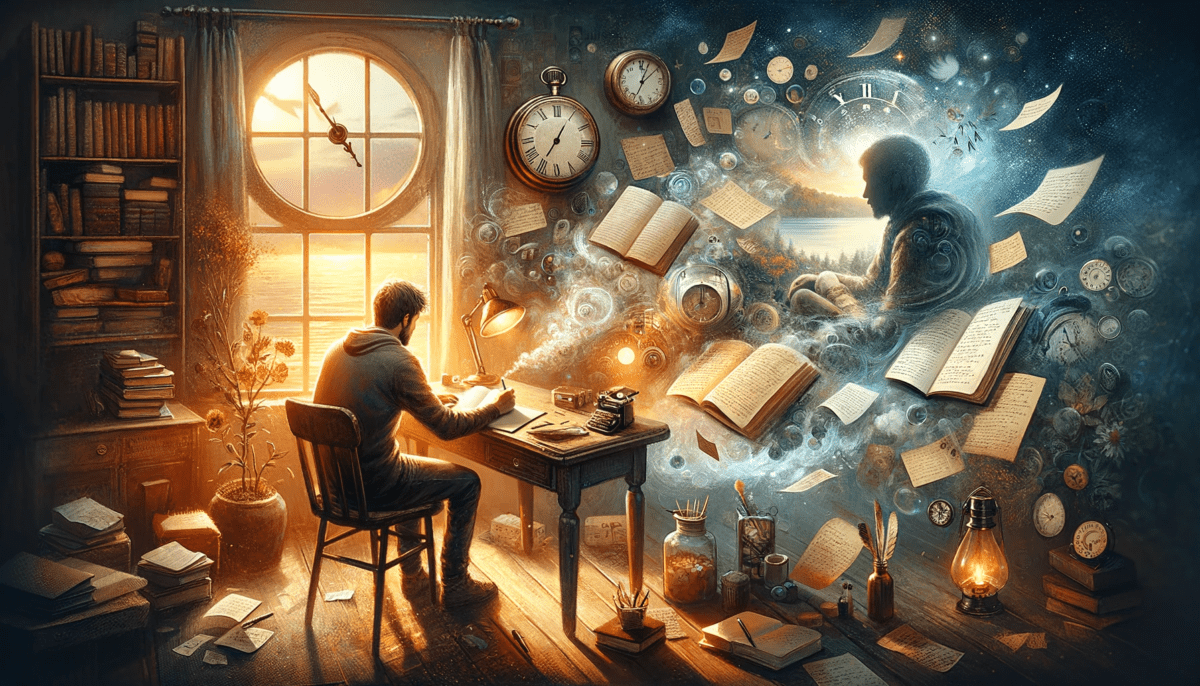
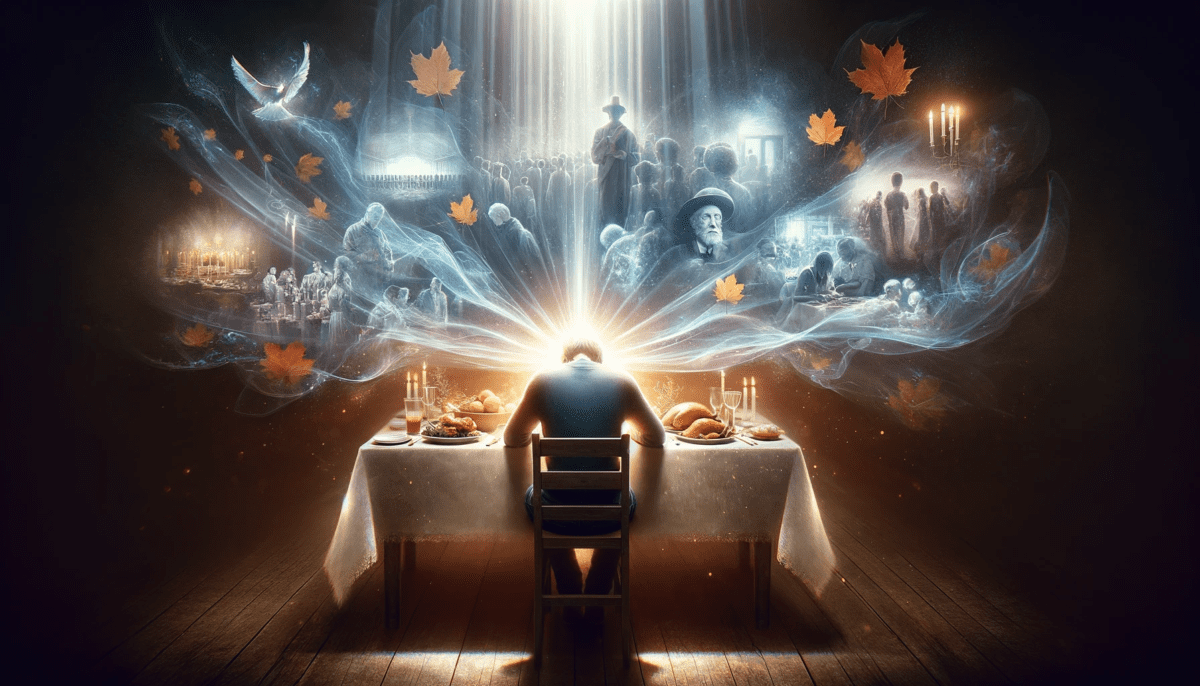
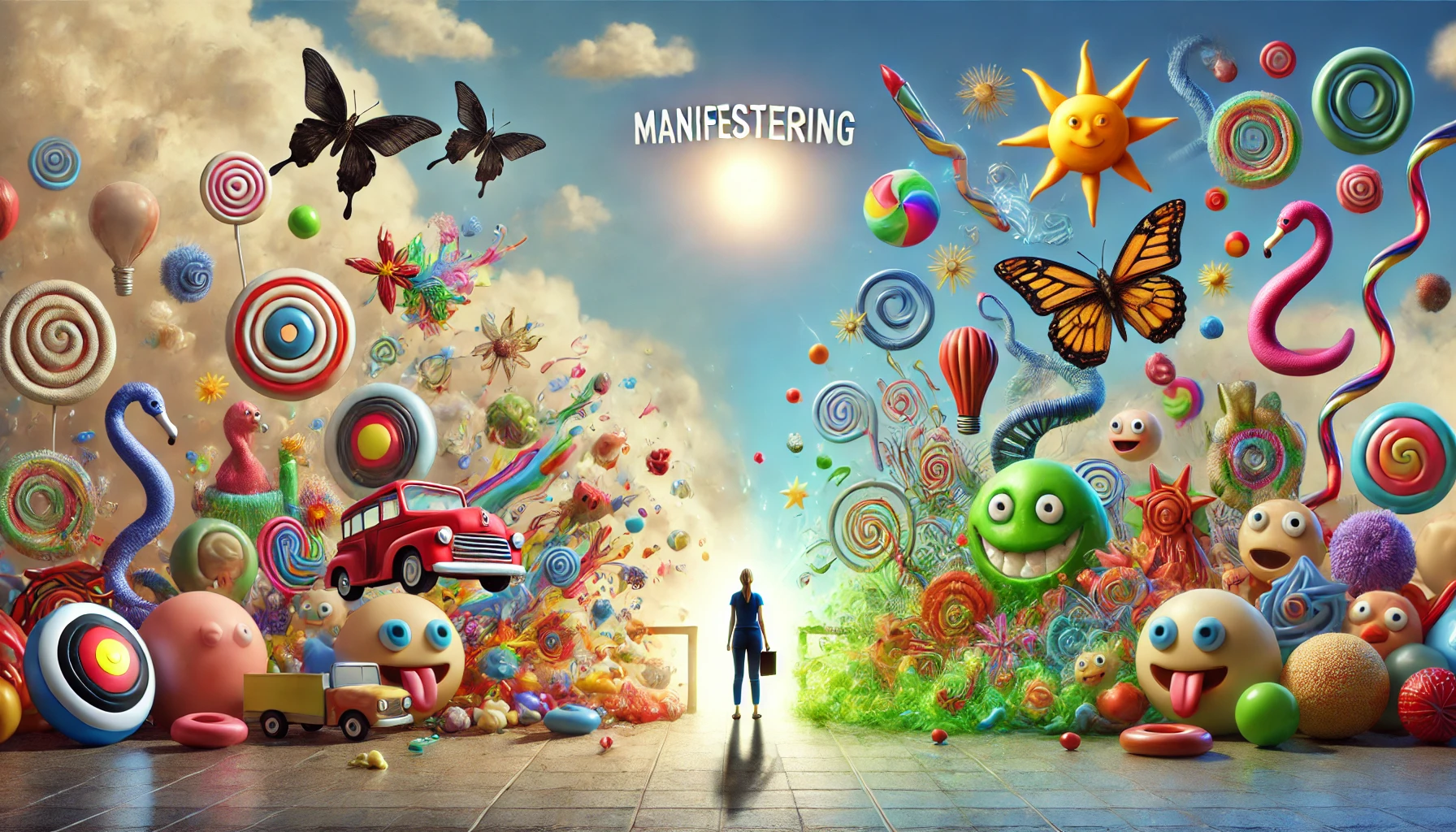

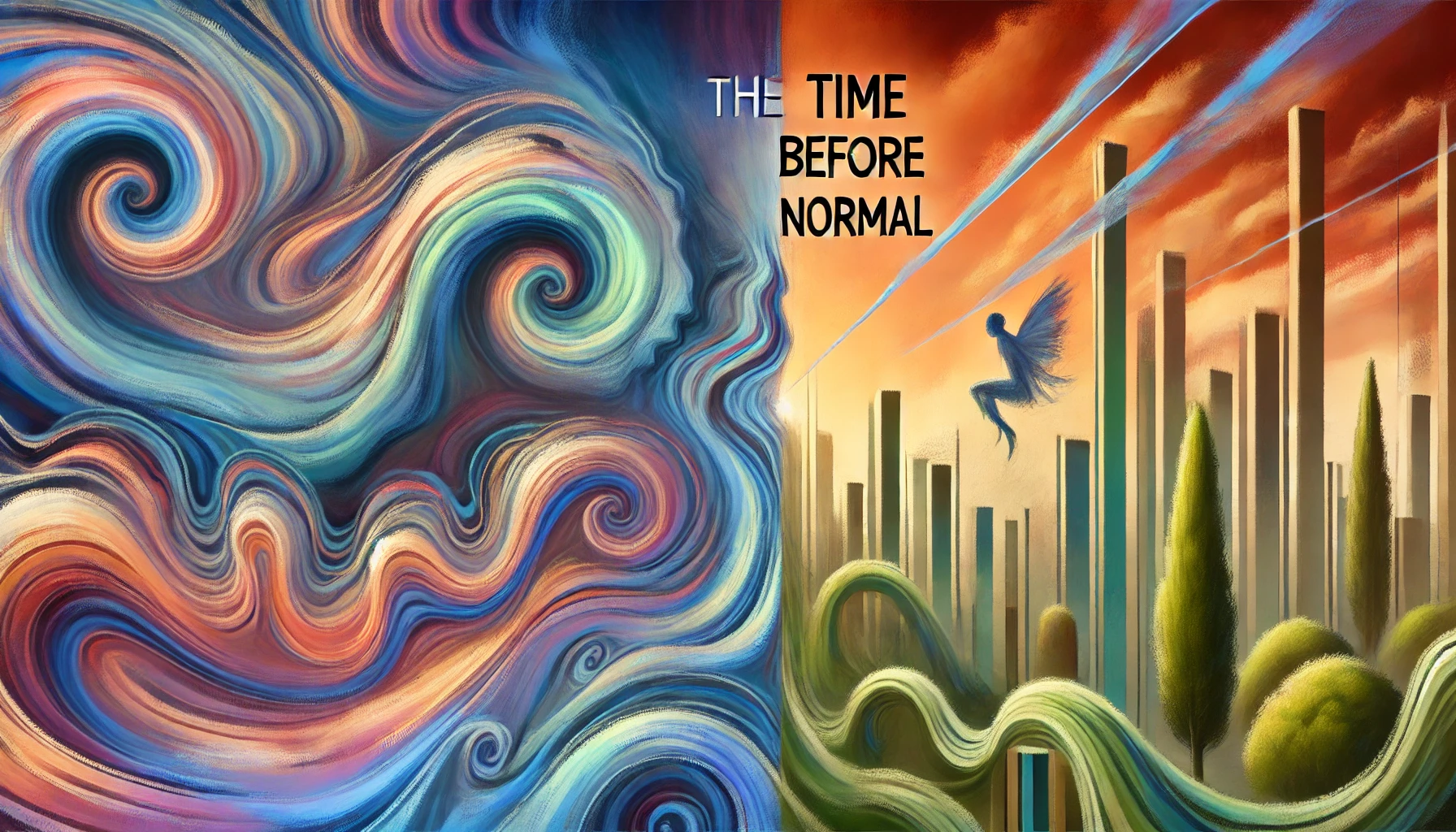


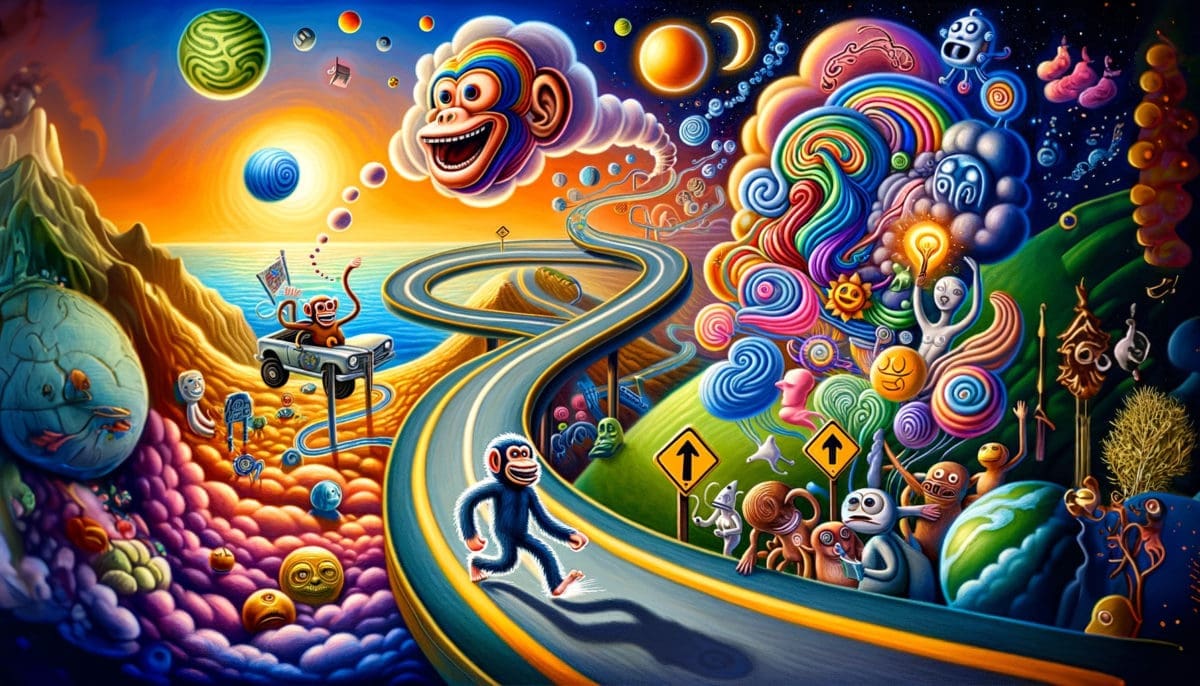
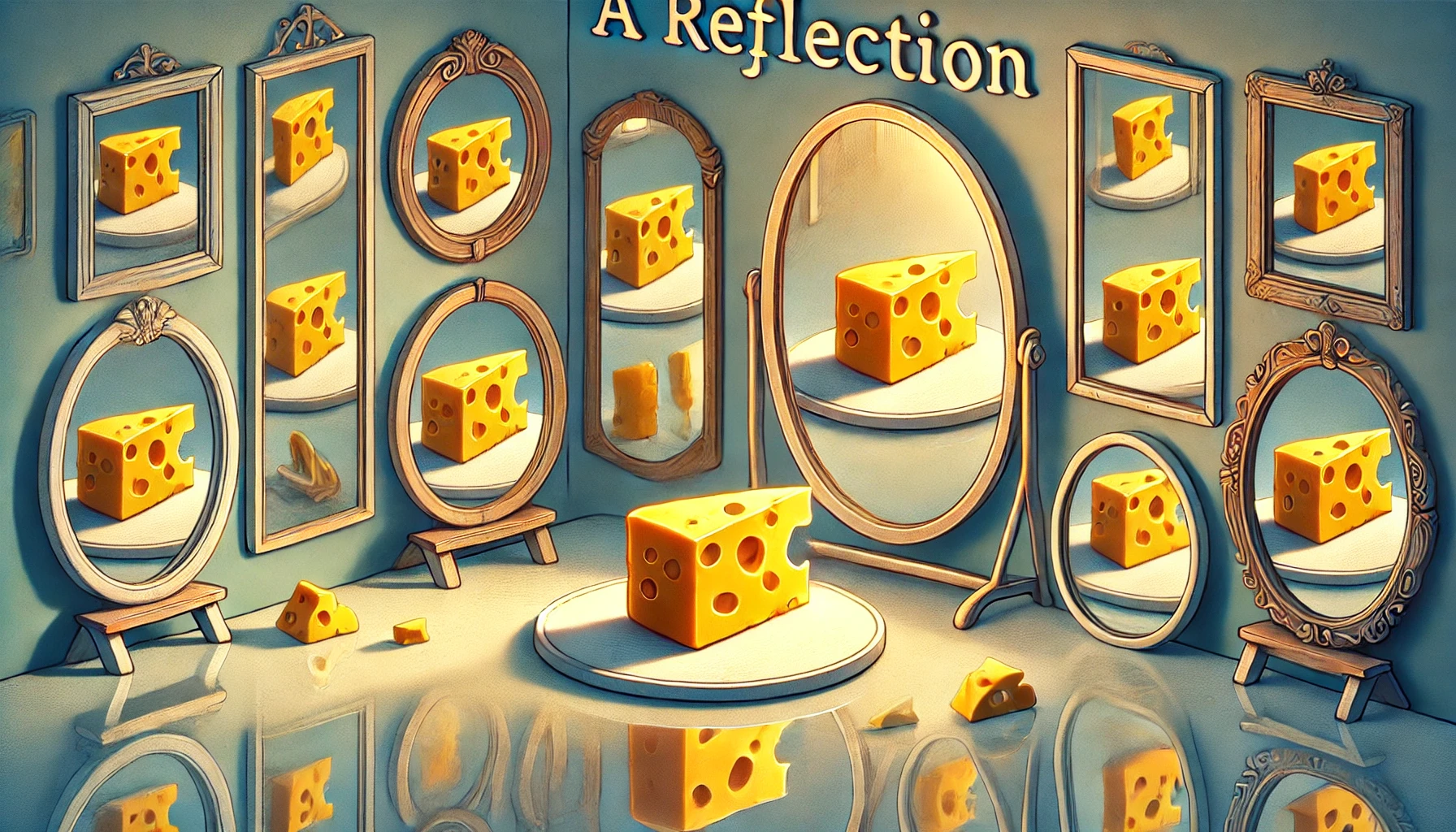
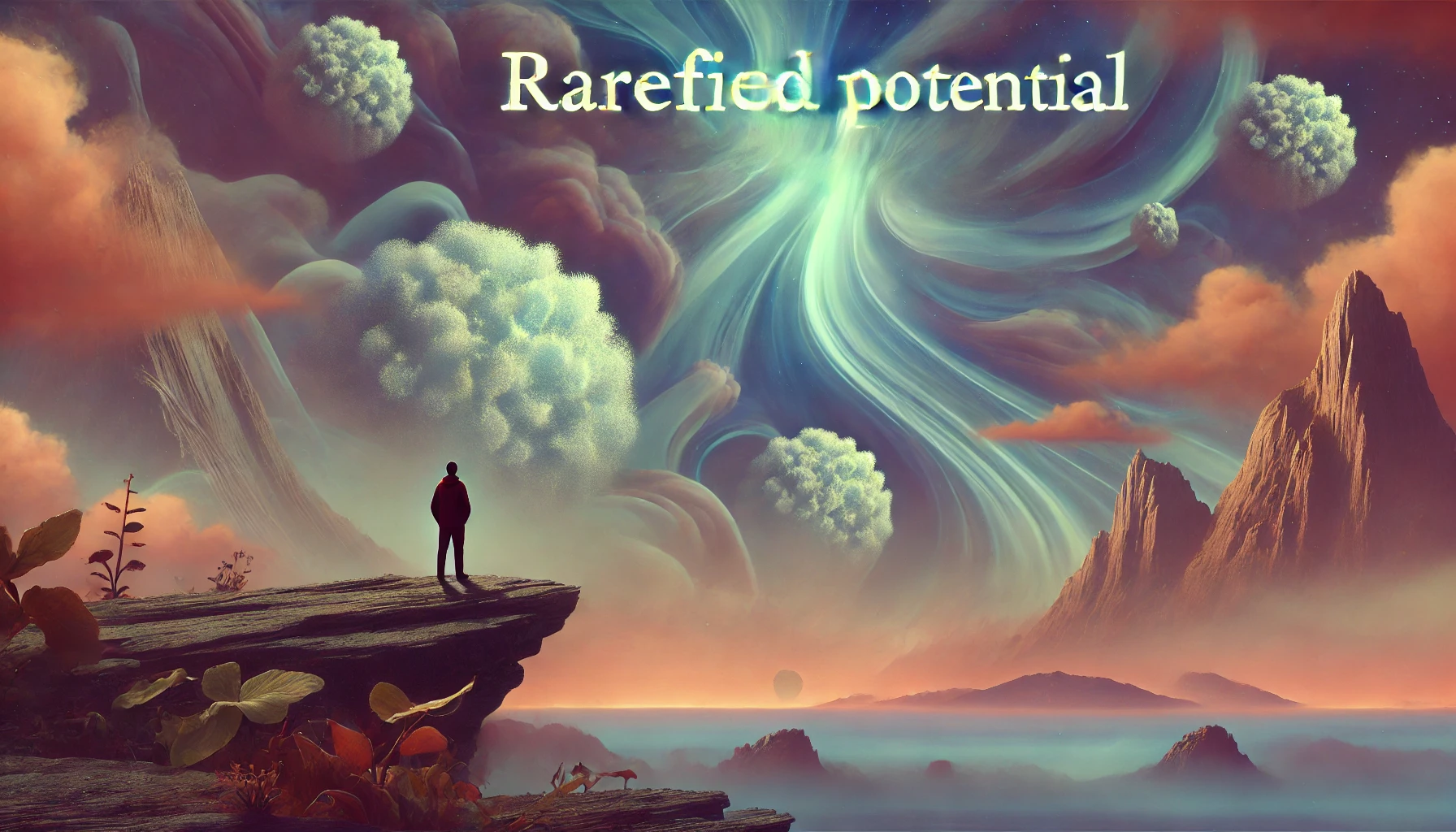
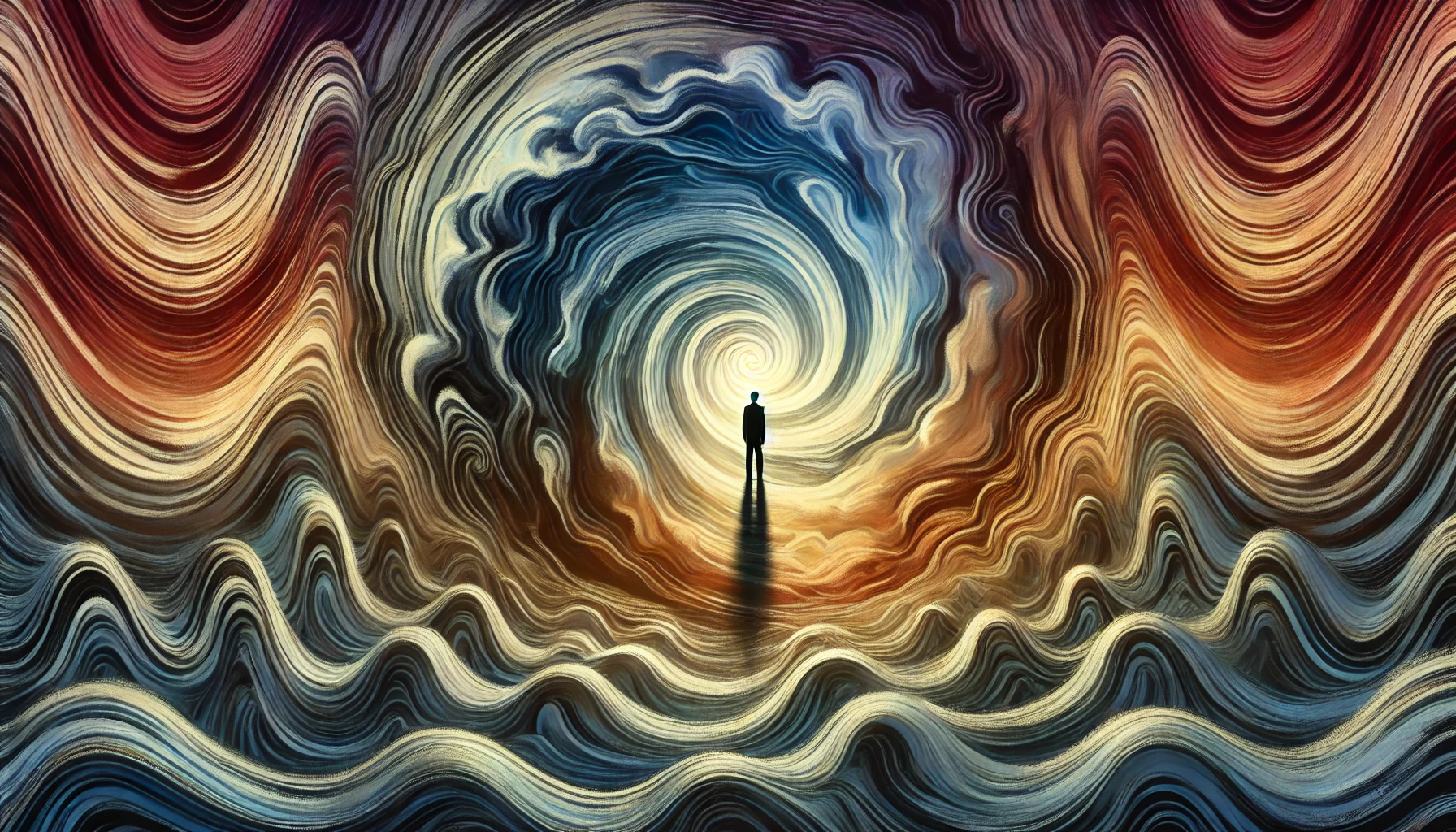
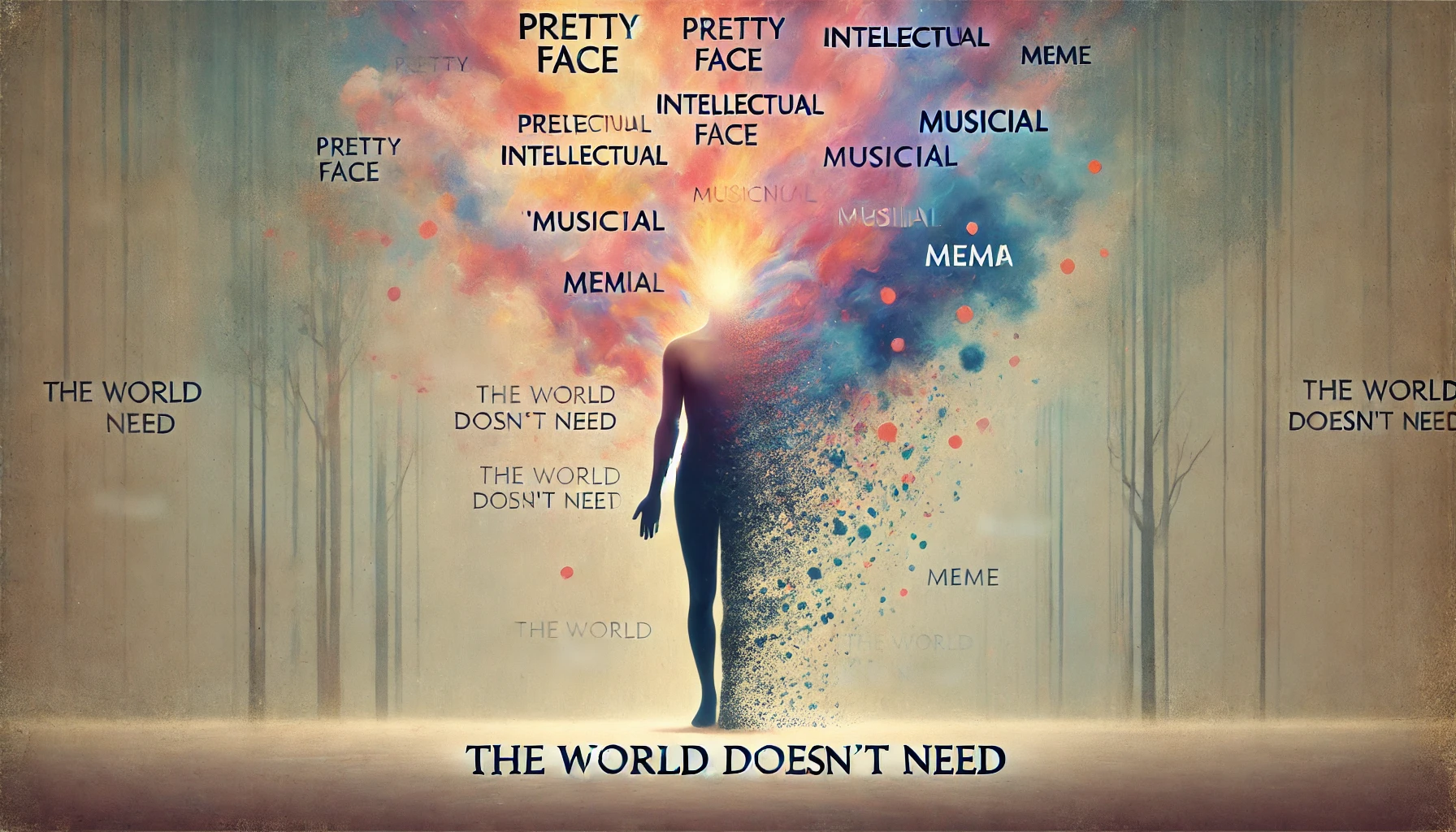
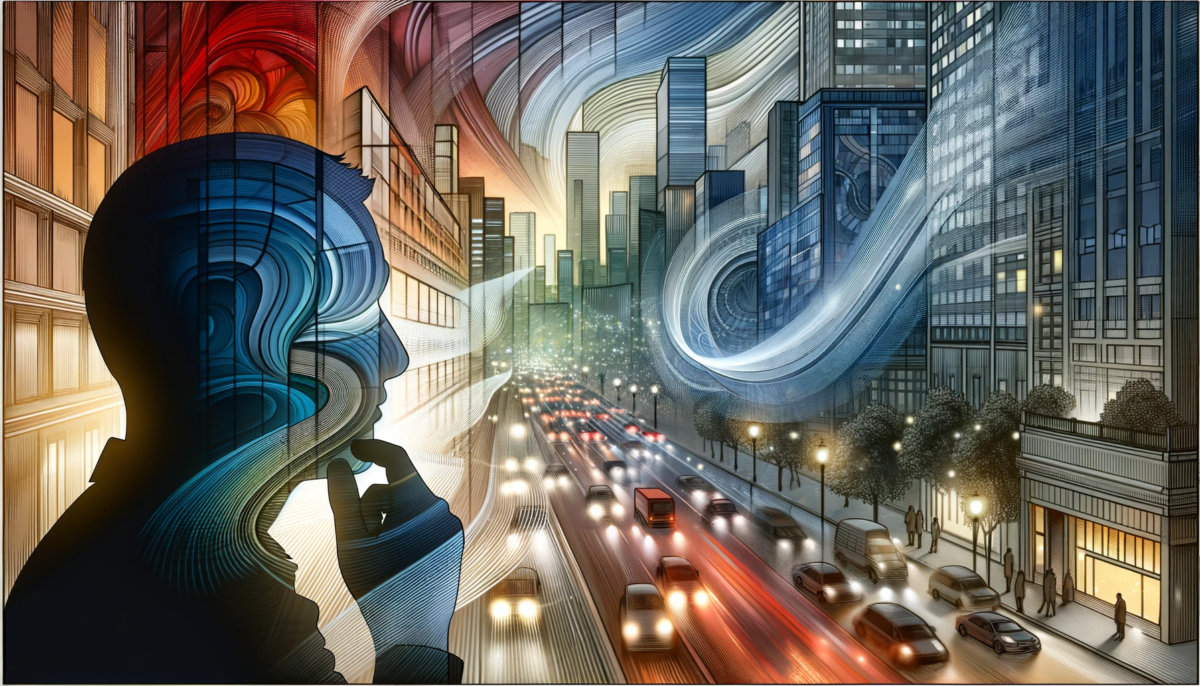
Leave a Reply